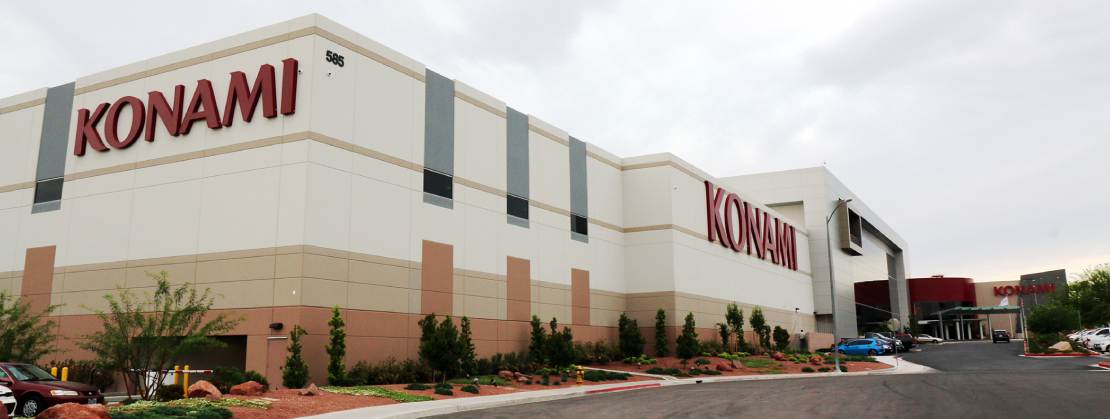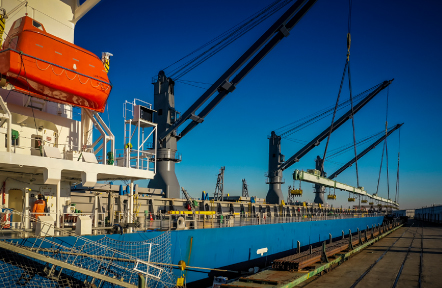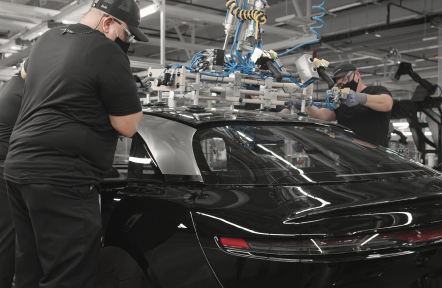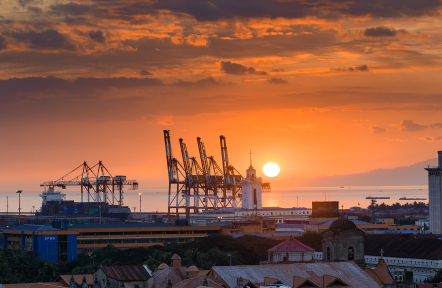.jpg)
When Japan Airlines landed for the first time in San Diego in December 2012, it was the culmination of years of work and a tribute to the strength of Japanese companies in the San Diego market and their contribution to the regional economy.
A 21st century urban powerhouse, the San Diego region is home to a world-class biotech cluster, a preeminent mobile telecom center, growing clean technology companies, and the world’s largest concentration of military facilities.
Long viewed as a major tourist destination, San Diego is situated on the world’s busiest land port of entry and operates as a global gateway for trade and business. Each year, an estimated $20 billion in goods cross the border at the Otay Mesa Port of Entry, while more than 33 million travelers from around the globe visit for meetings, conventions and vacations.
“Historically the birthplace of California, San Diego has beautiful weather all year round, excellent beaches, a vibrant food and craft beer scene, and world-famous attractions. It is San Diego’s appeal as the best of the Southern California lifestyle that continues to attract millions of travelers from around the world to America’s Finest City,” said San Diego Tourism Authority Board Chair Rod LaBranche.
Although one of America’s top travel destinations, the region isn’t just where people go to visit, but also where businesses and people go to build.
“San Diego is a vibrant business accelerator, attracting the best and brightest to its shores. We will always be a world-class vacation destination, but we are also a world-class business hub,” said Vincent Mudd, Chairman of San Diego Regional Economic Development Corp., a non-profit that helps companies attract, retain and expand their footprint in San Diego.
Of course, San Diego wouldn’t be a true gateway to Asia if there wasn’t a direct way to get there. Each year, nearly half a million people travel between Asia and San Diego, with most of them previously having had to make connections in Los Angeles, San Francisco or other cities.
For nearly two years now, thanks to JAL, a nonstop flight takes travelers from San Diego International Airport to Narita International Airport in Tokyo, and back.

As a global carrier, JAL benefits both business and leisure travelers on both sides of the Pacific. In fact, San Diego International Airport’s immigration and customs facilities have shorter average wait times than those at Los Angeles International Airport (LAX).
“As California’s second largest city, San Diego is home to thriving international trade, tourism and defense sectors. It also has many research centers, higher educational institutions and business development opportunities that translate into substantial flight demand,” said Tetsuya Fujii, Regional Manager of Japan Airlines in San Diego.
The chairman of the San Diego County Regional Airport Authority has already noticed the positive results from the nonstop JAL route.
“The historic new service from Japan Airlines that connects San Diego to Asia nonstop for the first time is a landmark achievement and brings benefits to vital business sectors and leisure travelers on both sides of the Pacific. And passengers are thrilled this service showcases one of the world’s most innovative new planes, Boeing’s 787 Dreamliner,” said the San Diego County Regional Airport Authority Chairman Robert H. Gleason.
JAL’s direct route has proved invaluable to many of the Japanese companies that have set up shop in San Diego.
In 1972, Sony became the first Japanese electronics company to set up a television assembly plant in the United States, paving the way for other Japanese innovators looking to tap into American manufacturing and engineering talent.
Many other Japanese companies – such as Kyocera, Hydranautics (Nitto Denko), Ajinomoto Althea, SANYO and Takeda – have followed suit.
“The historic new service from Japan Airlines...is a landmark achievement and brings benefits to vital business sectors and leisure travelers on both sides of the Pacific.”
- Robert H. Gleason, Chairman, The San Diego County Regional Airport Authority
Those companies established their U.S. headquarters or satellite offices in San Diego, to take advantage of the region’s strong biotech, aerospace and engineering expertise. SONY and Kyocera have also pointed out another perk: R&D departments with well-paid engineers.
“The region continues to have a strong reputation as a leading, competitive global biotechnology cluster and we are currently exploring a number of potential collaborations with exceptional local university and biotechnology laboratories,” said Takeda California Chief Scientific Officer Keith Wilson.
San Diego’s workforce is highly educated and the diversified economy provides a wide range of employment opportunities. Successful technology, healthcare, defense and hospitality companies not only employ technical talent but a full complement of supporting positions, from marketing, finance, human resources to facilities management.
Fueled by the booming life sciences industry, the region also ranks fourth in the United States for the percentage of workers with doctorate degrees. University of California San Diego, located in scenic La Jolla, has consistently been ranked among the top 20 universities in the world.
From the onset, the collaboration between universities, industries and international markets that drove San Diego’s success continues today.
 “The universities provide a huge talent pool. People want to stay in this environment, so we found hiring new highly trained people very easy here,” said Genomics Pioneer J. Craig Venter in an interview with media outlet Politico.
“The universities provide a huge talent pool. People want to stay in this environment, so we found hiring new highly trained people very easy here,” said Genomics Pioneer J. Craig Venter in an interview with media outlet Politico.
In April, San Diego was one of the six U.S. cities selected to take part in the Global Cities Initiative, a joint program between JP Morgan Chase and the Brookings Institution, to help cities attract foreign direct investment and collaborate internationally.
Japanese companies currently account for nearly 20 percent of San Diego’s employment in foreign-owned firms. The new program will further help San Diego and Tokyo share products and resources in the global marketplace.
As Bruce Katz, one of the founders of the Brookings Metropolitan Policy Program and author of “The Metropolitan Revolution” puts it: “You don’t export unless you’re making a product that the rest of the world wants, and you don’t attract investment from around the world unless you are really good at what you do, and that’s the San Diego story.”
- Originally prepared by The San Diego Regional Economic Development Corporation for The Japan Times Special Report on San Diego 2014












